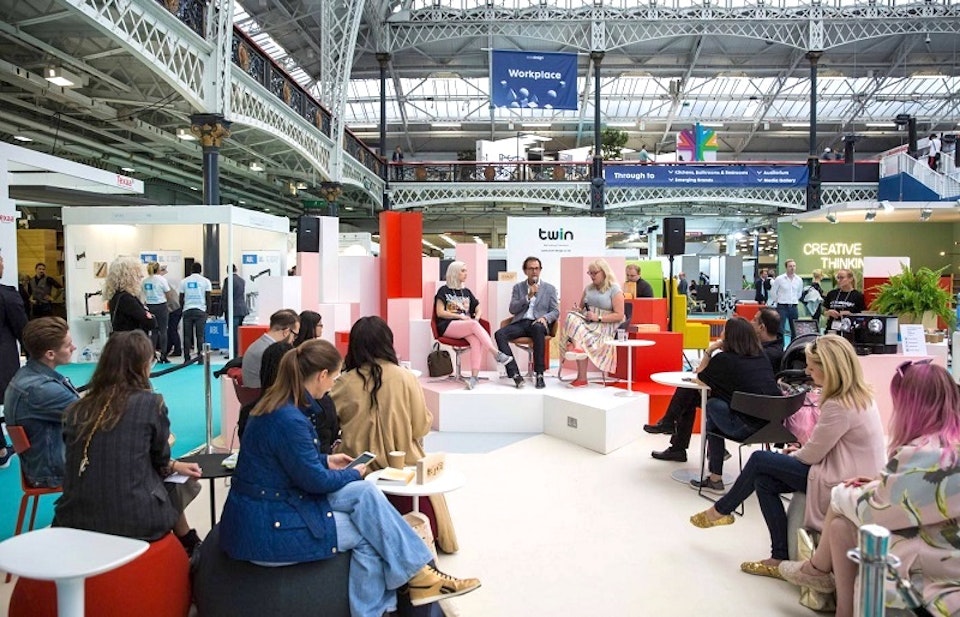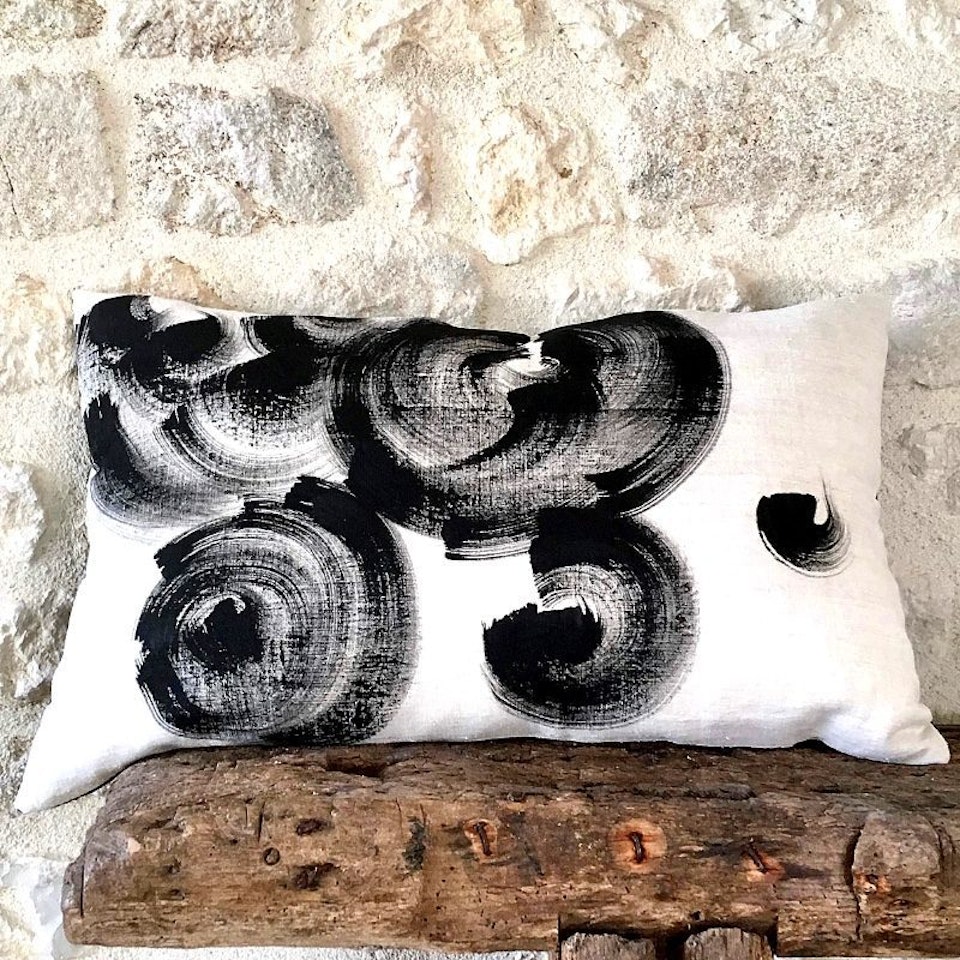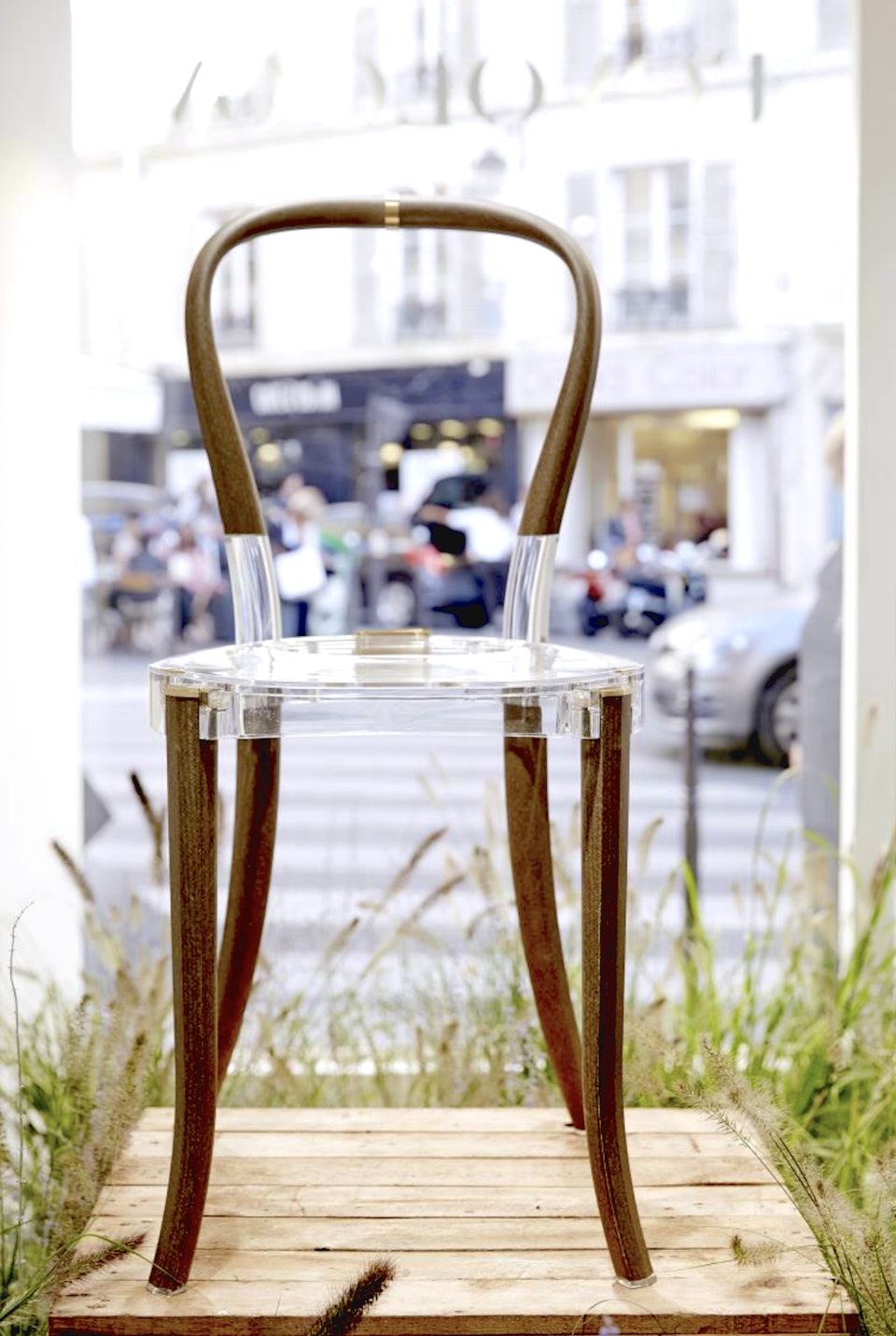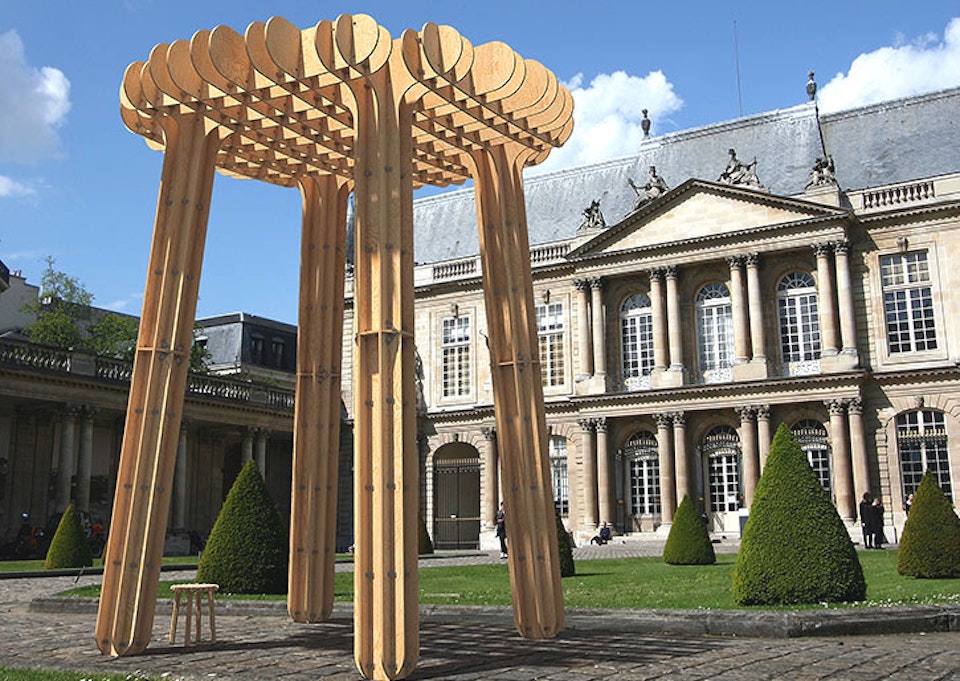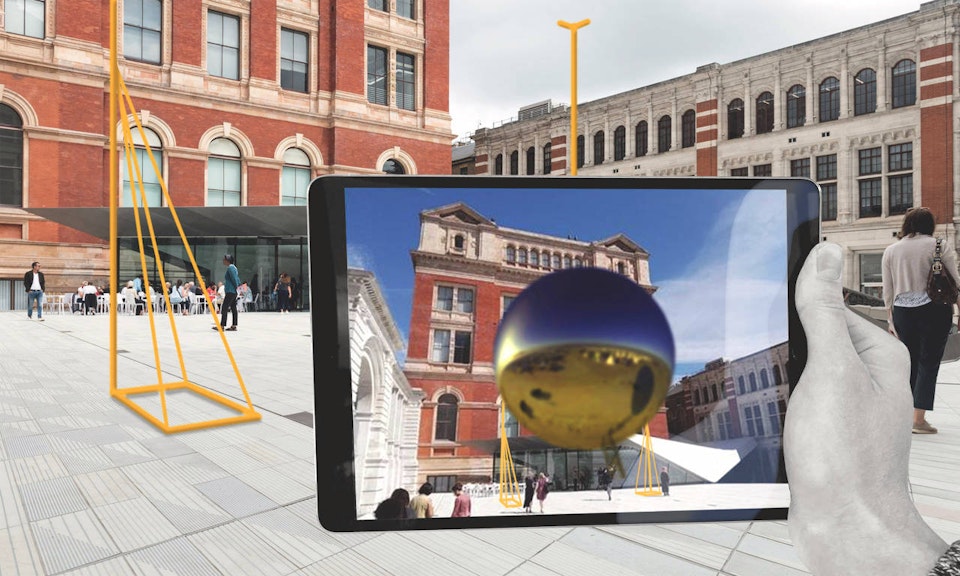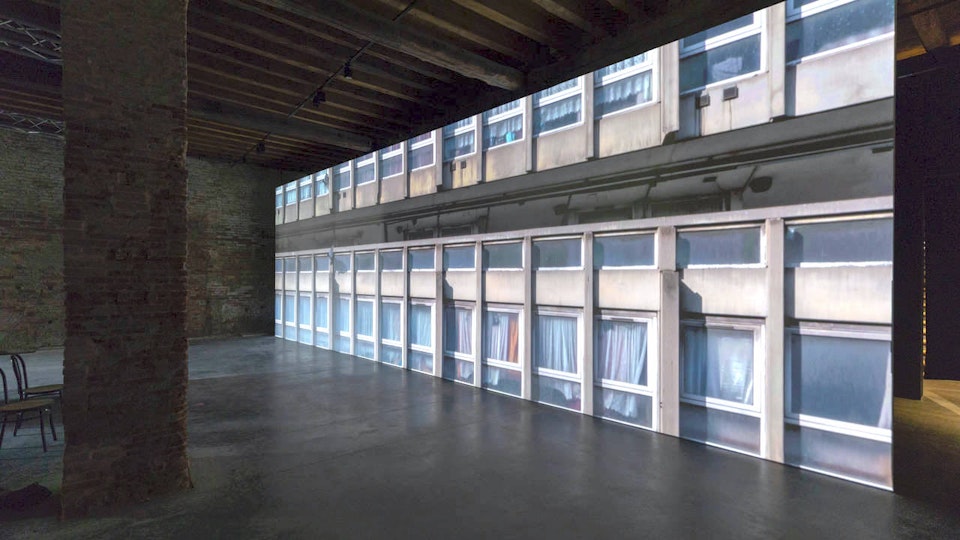September 12, 2019
Five Things We Learned from Paris, London and Helsinki Design Weeks
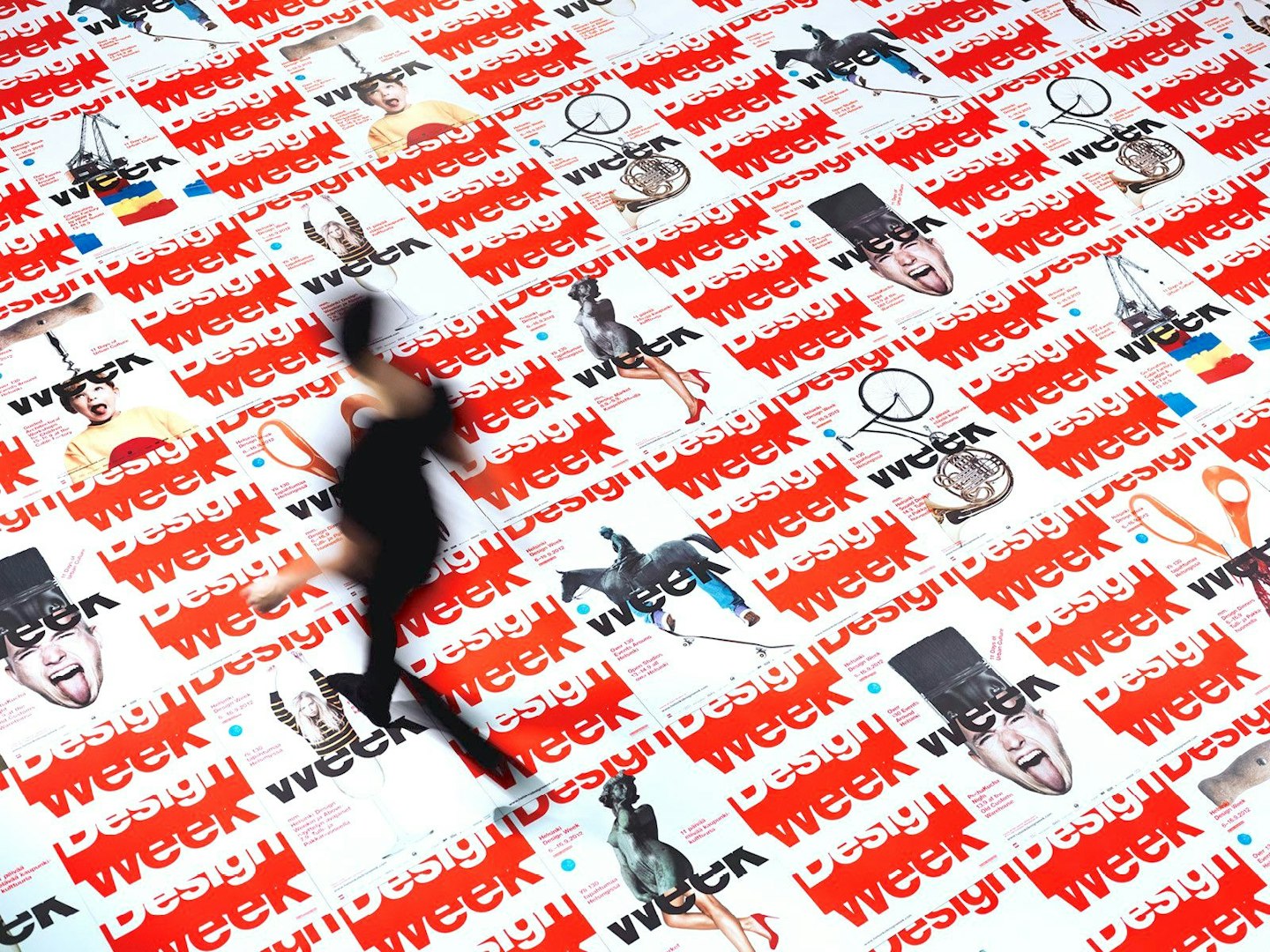
The romantic city of Paris has yet another dimension, as the home of Design Week that is currently underway (some exhibits run until the end of September).
As someone who has had a lifelong fascination with design…everything from the Rubik’s Cube to the woodcuts and drawings of Cornelis Escher…it is fascinating to see the Design Week scene really taking off and people attending in droves.
Paris, London, Helsinki all boast design weeks happening pretty much concurrently, so we decided to look at some of the themes among all to get a closer understanding of what is happening in the world of contemporary design.
Here’s what we discovered:
1. New Technologies Will Become More Mainstream in Design
From virtual reality, augmented reality to 3D printing, technology will play a bigger role in design, in the years to come. At Helsinki Design Week, the futurist Roope Mokka, founder of Demos Helsinki which focuses on social transformations, says that the technologies that were once the domain of the very rich or the super nerds will become more mainstream.
A seminar at Helsinki Design Week 2019. Courtesy of DelightFULL.
2. Sustainability Summits Will Be More Common
With the mindset for eco-friendly design now everywhere, the themes of sustainability as well as summits will be more the norm than not. More cities will map out carbon neutrality plans. At Paris Design Week, Maison & Objet showed an exhibit devoted to how designers and manufacturers can decrease their carbon footprint and increase their well-being in society. That was part of the mandate given by Paris Design Week to all the exhibitors, and contests like Design Zéro Déchet* aimed to get entries that demonstrated creative ways to reduce waste and recycle more efficiently.
Nûr Gallery Paris presents Palimpseste, by Yentele and Oxymore, a collection of unique hand-painted and embroidered pieces, replacing rust marks on old linen fabric with black paint and coloured thread, which adds a brand new chapter in the fabric’s life — Part of Design Zéro Déchet* contest at Paris Design Week 2019. Courtesy of Oxymore Paris.
Design #1 chair, designed by Revology and presented at Paris Design Week 2019, made from 100% recyclable, renewable, and sustainably sourced materials like composite linen fibres, bio-based resin and recycled brass. Courtesy of Maison & Objet.
3. The Democratization of Design
All the three festivals had the mindset that good design should be everywhere, and be able to be accessible (and afforded) by everyone. A competition in Paris run in collaboration with Ateliers de Paris, invited designers to imagine an everyday object that could be used in Tour Eiffel merchandise. Artists like Warhol and Koons were able to accomplish the elevation of everyday design beautifully (remember that Campbell Soup lithograph?); they paved the way for future designers of the banal.
"I AM A STOOL", a large scale sculpture presented by Ublik, in the courtyard of the Hôtel de Soubise, Paris Design Week 2019 venue. Courtesy of Maison & Objet.
4. Transforming Public Spaces
The notion of beautifully transforming public spaces was the talk of the town during the London Design Festival. In an installation by Studio MICAT, There Project and Proud Studio, The Sackler Courtyard was transformed through a series of poles, rods and wires with digital activations to allow viewers see the power of doing “more with less.” This installation also used augmented reality through a series of digital pavilions, showing the power of design to be able to transform spaces using technology.
Non-Pavilion, by Studio MICAT, There Project and Proud Studio, is an installation exploring degrowth and life beyond consumerism. Courtesy of V&A Academy.
5. Video Installations as Contemporary Commentary
More artists experimenting with mixed media have started to gravitate towards the power of video installations to comment on social or political change. At the London Design Festival, a work by South Korean artist Do Ho Suh uses footage of the now-demolished Robin Hood Gardens in London, a Brutalist Housing estate and a social housing complex. The building began as a council housing estate with homes spread across as “streets in the sky.” It was a very controversial social housing building and the ‘streets in the sky” were sometimes filled with drug dealers and those who preyed upon residents. Due to pressure, the architecture (initially designed by Alison and Peter Smithson), was demolished in 2017. The video installation by Ho Suh uses time-lapse photography, drone footage, 3D scanning and photogrammery along with a footage of the demolition.
Robin Hood Gardens — A monumental video work by South Korean artist Do Ho Suh. Courtesy of V&A Academy.
As design continues to evolve, the public will continue to see how vital technology, innovation and sustainability become all key components of the future. These design exhibitions show how many artists are intent on creating conversations between the individual and the communities around them.
The shows in Paris, London and Helsinki show that the best of futuristic design is yet to come.
For more stories, tips, and new artist updates, subscribe here.
Go on a creative adventure to learn from a master artist, privately in their studio.
